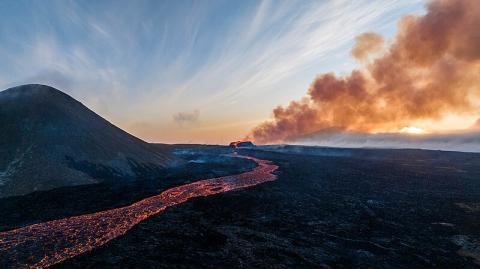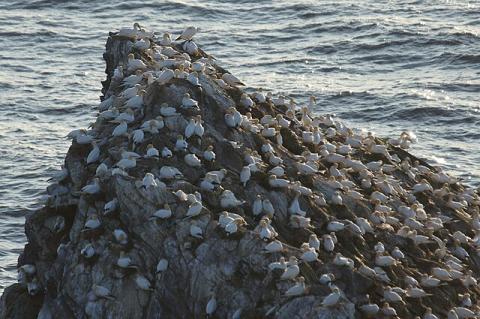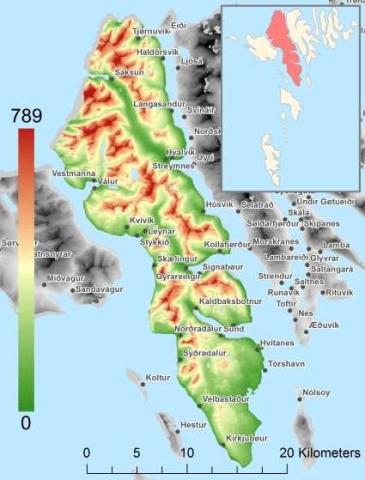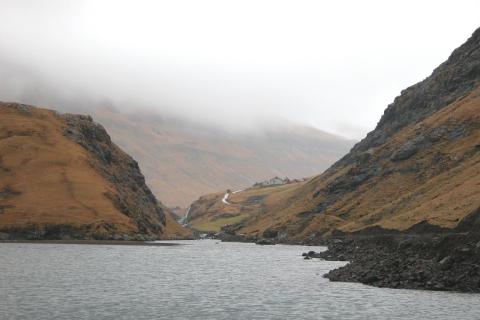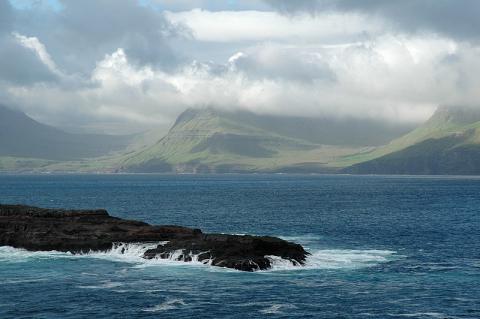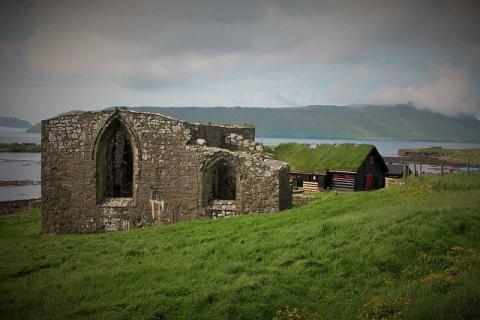The Gallarus Oratory, interior
Annotations
A view of the interior, taken from outside the one small window facing the door.
Navigatio Brendani 2.1:
conclūsit sē in ūnō ōrātōriō
The oratory at Brendan's monastery in Clonfert was probably as simple as the famous Gallarus Oratory, on the Dingle Penninsula, though early churches were not all made from stone. The date and purpose of the Gallarus Oratory have been disputed, but Tomaás Ó Carragáin, Churches in Early Medieval Ireland: Architecture (2010) considers it one of a number of drystone churches built sometime between 700 and 1100.

